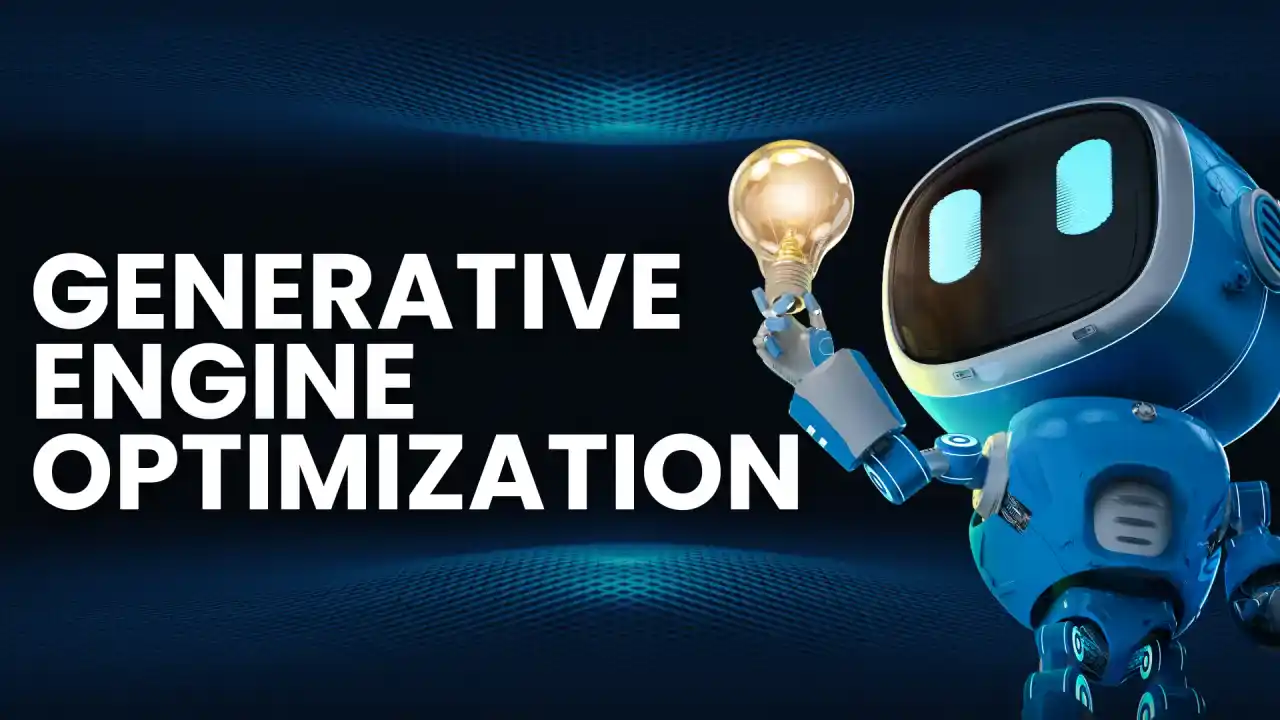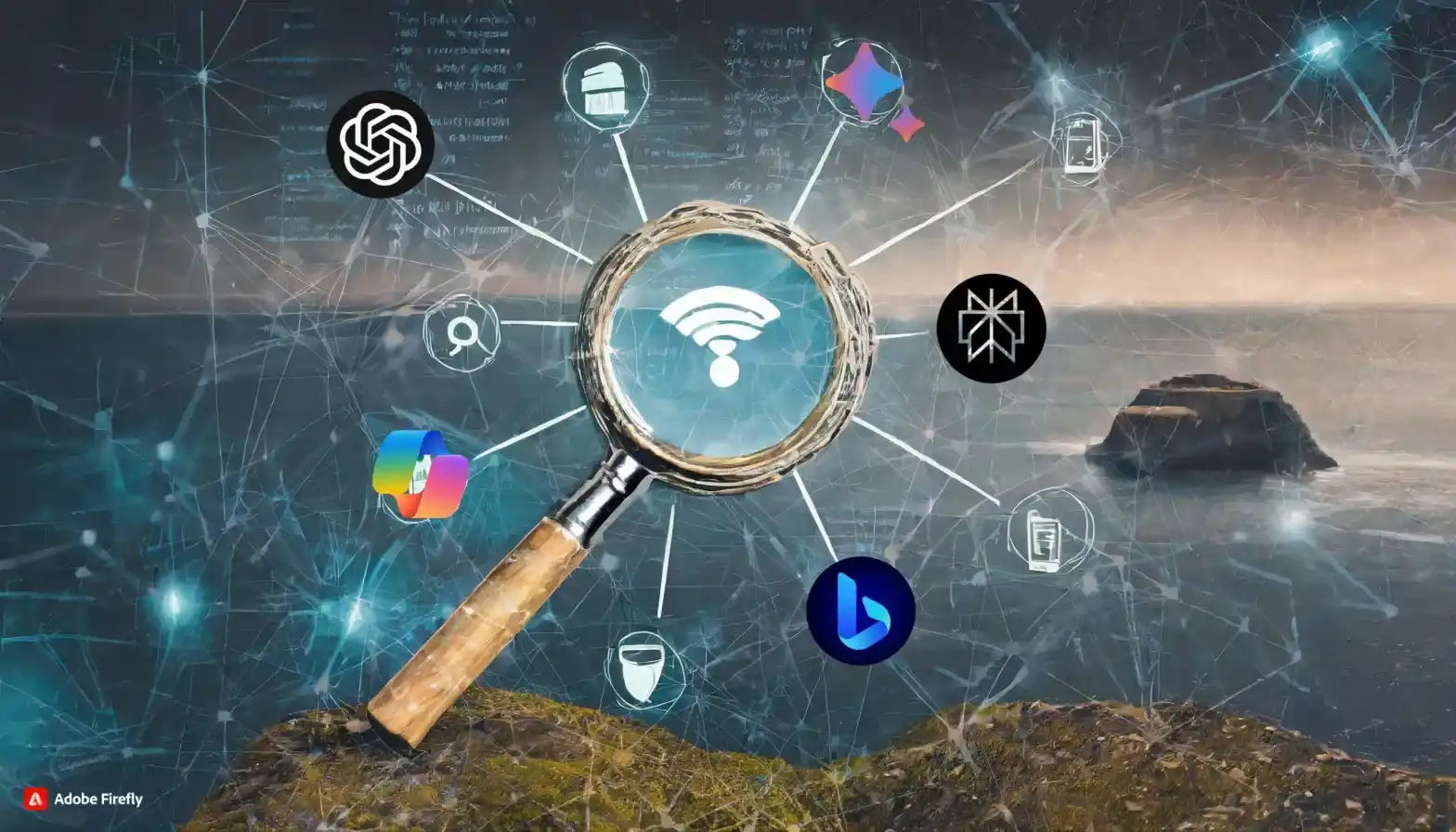Table of Contents
In today’s digital landscape, the demand for innovative and efficient content creation strategies is at an all-time high. Enter generative engine optimization (GEO), a cutting-edge approach leveraging generative AI tools to streamline content generation, enhance SEO, and deliver personalized user experiences. This emerging practice integrates artificial intelligence (AI) into creative workflows, helping businesses produce high-quality, optimized content at scale.
Let’s explore how GEO is transforming industries and setting new standards for digital content strategies.
Understanding Generative Engine Optimization
At its core, generative engine optimization refers to the application of generative AI technologies to create and optimize digital content. It combines natural language processing (NLP), computer vision, and deep learning algorithms to automate tasks such as writing, designing, and personalizing content. Unlike traditional SEO, which primarily focuses on optimizing pre-existing material, GEO actively creates content tailored to meet user intent, improve search rankings, and enhance engagement.
For instance, an AI-powered GEO system can write blog posts, generate social media graphics, or even produce video scripts—all while adhering to SEO best practices such as keyword integration, proper structuring, and readability.
Key Benefits of Generative Engine Optimization
- Time and Cost Efficiency
GEO automates time-consuming tasks like content ideation, writing, and editing. By eliminating manual efforts, businesses can reduce production costs while delivering content faster. - Improved SEO Performance
With GEO, content is crafted to meet search engine requirements from the outset. AI tools ensure the right keywords, meta descriptions, and headers are used, improving visibility and rankings. - Personalization at Scale
Generative AI enables the creation of highly personalized content for diverse audience segments. This enhances user engagement and builds stronger customer relationships. - Creative Versatility
Whether it’s blog articles, product descriptions, videos, or infographics, GEO supports a wide range of creative outputs, catering to various content needs. - Data-Driven Insights
By analyzing content performance, GEO tools suggest improvements and iterations, ensuring content strategies remain data-backed and effective.
Applications of Generative Engine Optimization

GEO has a broad spectrum of applications across industries. Here are some examples:
- E-commerce: GEO automates the creation of product descriptions, category pages, and promotional emails. AI tools ensure that descriptions are concise, SEO-optimized, and tailored to customer preferences.
- Real Estate: AI generates detailed property listings, virtual tour descriptions, and market insights. This saves time for agents while improving user experience.
- Healthcare: GEO simplifies medical documentation, generates educational content, and personalizes patient communication.
- Education: AI produces tailored lesson plans, study guides, and online course materials, catering to the unique needs of students.
- Entertainment: From generating video scripts to designing promotional banners, GEO supports creative campaigns in the media and entertainment sector.

How Generative Engine Optimization Works
The GEO process typically involves three stages:
- Input Definition
Users provide input, such as keywords, target audience details, and content goals. For example, an e-commerce brand might want AI to create product descriptions optimized for “sustainable fashion.” - Content Generation
Generative AI models like ChatGPT, DALL·E, or MidJourney create content based on the inputs. The AI ensures that the output aligns with user intent, is grammatically correct, and adheres to SEO best practices. - Optimization and Iteration
Once the content is generated, tools analyze its performance using metrics like readability, engagement, and ranking. Iterations are made to refine the content further.
Top Tools for Generative Engine Optimization
Several tools facilitate GEO, each tailored to specific tasks:
- Text Generation: OpenAI’s ChatGPT, Jasper, Writesonic.
- Visual Content Creation: Canva AI, DALL·E, MidJourney.
- Video and Multimedia: Pictory, Runway, Descript.
- SEO Integration: SurferSEO, Clearscope, MarketMuse.
These tools integrate seamlessly with existing workflows, enabling businesses to achieve maximum efficiency and output quality.
Challenges in Generative Engine Optimization
Despite its advantages, GEO comes with challenges:
- Content Authenticity: Ensuring AI-generated content maintains originality and avoids plagiarism is critical.
- Bias and Fairness: AI models can unintentionally inherit biases from the data they are trained on, impacting the neutrality of generated content. Addressing this is essential for ethical content creation.
- Regulatory Compliance: Content must adhere to copyright laws, privacy regulations, and industry standards.
Businesses must adopt ethical practices and rigorous quality checks to mitigate these challenges effectively.
Future of Generative Engine Optimization

As AI technology evolves, the potential for generative engine optimization will expand. We can expect deeper integration with emerging technologies like augmented reality (AR) and virtual reality (VR) to create immersive content experiences. Additionally, advancements in AI models will improve the precision and creativity of generative outputs, making GEO indispensable for digital marketing strategies.
Conclusion
Generative engine optimization is more than a buzzword; it’s a revolutionary approach redefining how content is created, optimized, and delivered. By leveraging AI-powered tools, businesses can achieve unparalleled efficiency, creativity, and user engagement. While challenges remain, the opportunities GEO presents far outweigh the hurdles, making it a vital asset in the digital age.